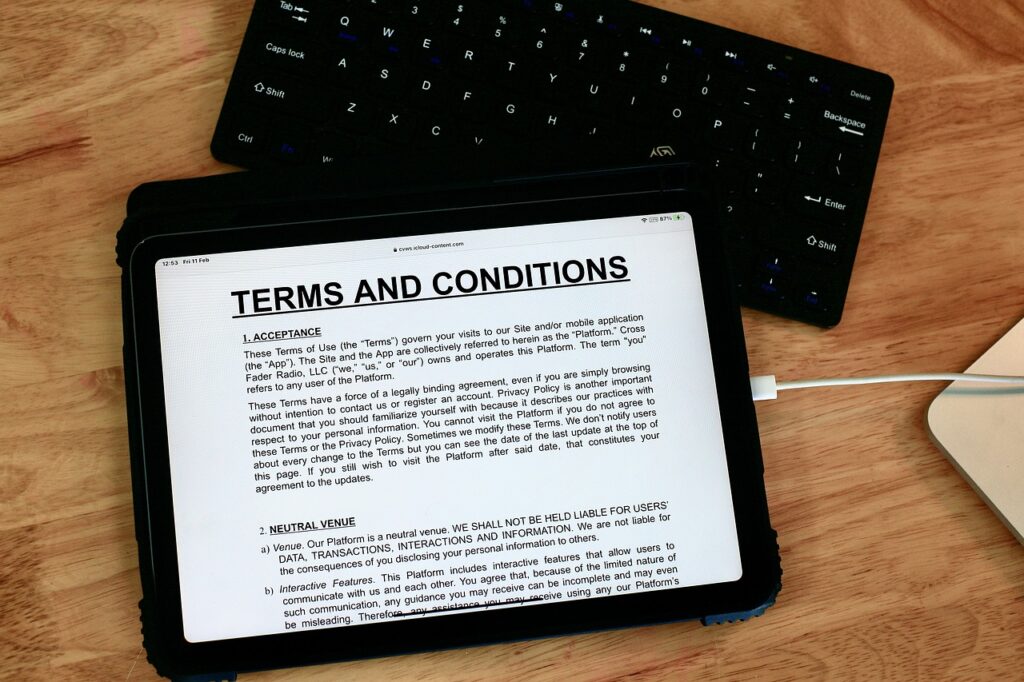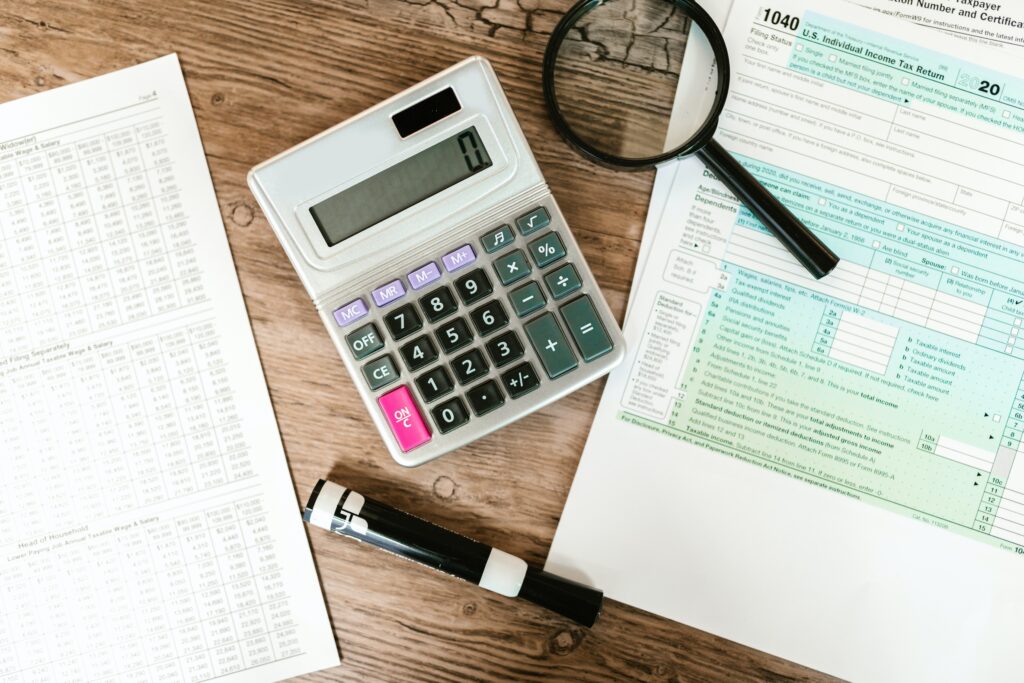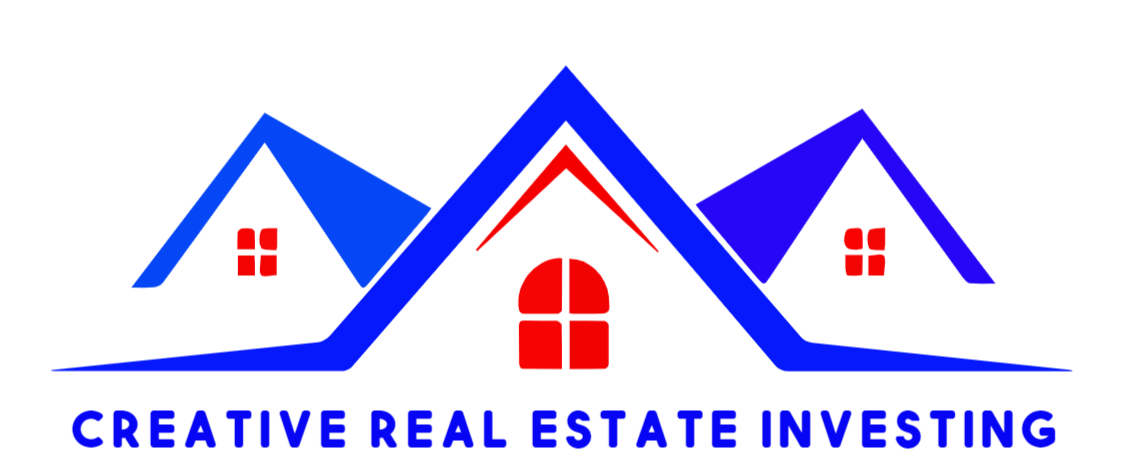If you’re looking to purchase a home but don’t have the funds for a down payment or can’t qualify for a mortgage, lease purchase financing may be a viable option for you. This type of financing allows you to lease a property with the option to buy it at a later date. However, securing funding for the option fee and eventual purchase can be challenging, and requires careful consideration of different financing strategies. So, the article, “Funding the Option Fee on Lease Purchase Transactions”, helps to sort out the options for buyers.
One financing strategy to explore is lease-option financing, which allows you to lease the property with the option to purchase it at a predetermined price at the end of the lease term. Another option is subject-to-financing, which involves taking over the seller’s existing mortgage payments and assuming ownership of the property subject to the mortgage. Private lending is also a creative financing option to consider, where you borrow funds from a private individual or company instead of a traditional lender.
Before committing to lease purchase financing, it’s important to understand the lease contract and the pros and cons of this type of financing. While it can be a great option for those who can’t qualify for a mortgage, it also comes with risks such as the possibility of losing the option fee and the potential for the property to decrease in value. By exploring different financing strategies and understanding the lease contract, you can make an informed decision about whether lease purchase financing is right for you.
Key Takeaways
- Lease purchase financing can be a viable option for those who can’t qualify for a mortgage or don’t have the funds for a down payment.
- Different financing strategies to consider include lease-option financing, subject-to-financing, and private lending.
- It’s important to understand the lease contract and the risks associated with lease purchase financing before committing to it.
Understanding Lease Purchase Financing
Lease purchase financing is a popular option for those who want to own a property but don’t have the funds to make a down payment or secure a mortgage. In a lease-purchase agreement, you agree to lease a property for a set period, with the option to purchase it at the end of the lease term. This type of financing can be a great option for those who are not yet ready to commit to a full purchase but want to build equity in a property over time.
When considering lease purchase financing, it’s important to understand the terms of the lease contract and the financing options available to you. Several different types of financing strategies can be used to secure funding for the option fee and eventual purchase.
One option is lease-option financing, which allows you to lease a property with the option to purchase it at the end of the lease term. This type of financing can be a great option if you’re not yet ready to commit to a full purchase, but want to build equity in a property over time.
Another option is subject-to financing, which allows you to take over the existing mortgage on a property. This type of financing can be a great option if you’re looking to purchase a property that has an existing mortgage but doesn’t have the funds to make a down payment.
Private lending is also an option for lease purchase financing. This involves borrowing money from a private lender to cover the option fee and eventual purchase of the property. Private lending can be a great option if you have a good relationship with a lender and can secure favorable terms.
Types of Lease Purchase Financing
When it comes to lease purchase financing, there are several types of financing options available to you. Here are some of the most common types of lease purchase financing:
Lease-Option Financing
Lease-option financing is a type of financing where you lease a property with an option to buy it at a later date. This option gives you the right, but not the obligation, to purchase the property. The option fee is typically 3-5% of the purchase price, and it is paid upfront. This type of financing can be a good option if you’re not yet ready to purchase a property but want to secure a property at today’s prices.
Subject-To Financing
Subject-to-financing is a type of financing where you take over the existing mortgage payments of the seller. You’re not assuming the mortgage, but you’re taking over the payments. This type of financing can be a good option if the seller has a low-interest-rate mortgage that you can take over. However, you’ll need to make sure that the seller’s mortgage allows for this type of financing.
Private Lending
Private lending is a type of financing where you borrow money from a private lender instead of a traditional bank or finance company. The terms of the loan are negotiated between you and the lender, and the interest rates are typically higher than traditional loans. This type of financing can be a good option if you have poor credit or if you need to close quickly.
When exploring different financing options, it’s important to consider the pros and cons of each option. Make sure to read the lease contract or lease agreement carefully and understand the terms before signing.
Securing Funding for Option Fee and Purchase
When it comes to securing funding for a lease purchase, there are various financing strategies that you can explore. Some of the creative financing options include lease-option financing, subject-to-financing, and private lending. In this section, we will discuss some tips for securing funding for the option fee and eventual purchase.
Firstly, you need to determine the value of the property you want to lease. You can use resources like various real estate websites and do a Comparative Market Analysis.
Next, you need to consider your credit score. A good credit score will help you secure a better interest rate on your financing. You can also approach banks, credit unions, or online lenders for an auto loan.
In conclusion, securing funding for a lease purchase requires careful consideration of various factors. By exploring different financing strategies, you can secure funding for the option fee and eventual purchase.
Understanding the Lease Contract

Understanding the lease purchase contract is crucial for both buyers (tenants) and sellers in a lease purchase arrangement. This contract outlines the terms and conditions of the lease, as well as the option to purchase the property at a later date. Here is an outline and discussion of the key components of a lease purchase contract:
1. Introduction:
- Parties Involved: Identify the parties entering into the agreement – the seller (landlord) and the buyer (tenant).
- Property Description: Specify the property’s address, legal description, and any unique features.
2. Lease Terms:
- Lease Duration: Define the length of the lease period, including the start and end dates. Common lease periods range from one to three years.
- Rent Amount: State the monthly rent amount, the due date, and the method of payment.
- Rent Credits: If applicable, outline any portion of the monthly rent that will be credited toward the future purchase price. This incentivizes the tenant to buy.
- Rent Increases: Describe any provisions for rent increases during the lease term, whether they are fixed or based on market conditions.
3. Option to Purchase:
- Option Fee: Specify the amount the tenant must pay upfront for the exclusive right to purchase the property. This fee is typically non-refundable and is credited toward the purchase price if the tenant decides to buy.
- Purchase Price: State the agreed-upon purchase price for the property. This price is often determined at the beginning of the lease and may include terms for price adjustments if the lease period is extended.
- Option Period: Detail the period during which the tenant has the option to buy the property. This is usually set to coincide with the lease term.
4. Maintenance and Repairs:
- Responsibilities: Clearly define who is responsible for maintenance, repairs, and property upkeep during the lease period. Often, the landlord remains responsible for major repairs, while the tenant handles day-to-day maintenance.
- Inspections: Include provisions for property inspections and specify any remediation required before the purchase.
5. Default and Termination:
- Default Conditions: Outline the circumstances under which either party can declare a default, such as non-payment of rent, lease violations, or failure to exercise the purchase option.
- Consequences of Default: Describe the actions to be taken in case of default, such as eviction or the forfeiture of the option fee.
6. Legal Provisions:
- Governing Law: Specify the state or jurisdiction under which the agreement falls.
- Dispute Resolution: Explain how disputes will be resolved, whether through mediation, arbitration, or legal proceedings.
- Attorney Fees: Determine which party is responsible for legal fees in the event of a dispute or litigation.
7. Financing and Closing:
- Mortgage Financing: If applicable, discuss the tenant’s process for securing mortgage financing at the end of the lease term.
- Closing Procedures: Outline the steps and responsibilities of both parties leading up to the final sale.
8. Miscellaneous Provisions:
- Notices: Specify how and where official notices should be sent.
- Assignability: Address whether the lease purchase contract can be assigned to another party.
- Entire Agreement: Confirm that the written lease purchase contract is the complete agreement between the parties.
9. Signatures:
- Include spaces for the signatures and dates of both the landlord and tenant to signify their acceptance and understanding of the terms.
10. Legal Review:
- It’s crucial to recommend that both parties consult with legal professionals before signing the contract to ensure a comprehensive understanding of the terms and implications.
Understanding the lease purchase contract is vital to avoid misunderstandings and conflicts during the lease period and potential purchases. It’s crucial that both parties carefully read and comprehend each section of the contract. Consulting with legal professionals can help clarify any ambiguities or address concerns specific to the transaction.
Tenants should also thoroughly understand the financial implications of the agreement, including rent, rent credits, and the option fee, to make informed decisions about exercising their purchase option. This type of agreement can be complex, so a clear and comprehensive contract is essential to protect the rights and interests of all parties involved.
Pros and Cons of Lease Purchase Financing

Pros:
- Path to Homeownership: Lease purchase provides individuals with the opportunity to live in and potentially purchase a home they might not be able to afford through traditional financing due to poor credit or insufficient savings.
- Time to Improve Credit: Future homeowners with less-than-perfect credit can use the lease period to work on improving their credit scores. This can lead to better mortgage terms when they eventually purchase the home.
- Fixed Purchase Price: The purchase price is typically locked in at the beginning of the lease agreement. This can be advantageous if property values are expected to rise, as the buyer may secure the property at a lower price.
- Equity Building: As tenants, future homeowners can accumulate a portion of their monthly rent as rent credits or an option fee that can be applied towards the purchase of the property.
- Control of the Property: During the lease period, tenants often have control over the property, allowing them to make improvements and personalize the space as if they already own it.
Cons
- Non-Refundable Option Fee: The option fee paid at the beginning of the lease is typically non-refundable. If the tenant decides not to purchase the property, they may lose this upfront payment.
- Higher Monthly Payments: Lease purchase agreements often come with higher monthly rent payments compared to traditional rentals. Some of this extra cost goes toward building equity, but it can be a financial strain.
- Obligation to Purchase: Future homeowners are usually contractually obligated to purchase the property at the end of the lease term. If their financial situation deteriorates or if they change their mind, this obligation can be a disadvantage.
- Limited Inventory: Not all properties are available as lease purchase options. The selection may be limited, which can make it challenging to find a home that meets your needs and budget.
- Property Condition: The condition of the property at the time of purchase might not be as expected. The tenant may have limited say in maintenance and repairs during the lease, which can lead to unexpected issues.
- Market Fluctuations: If property values decline during the lease period, the future homeowner might end up overpaying for the property compared to its current market value.
- Legal and Contractual Complexities: Lease purchase agreements can be legally complex. Future homeowners must ensure they thoroughly understand the terms, seek legal advice, and ensure the contract is fair.
Conclusion

By exploring different financing strategies and tips for securing funding for the option fee and eventual purchase, you can find creative financing options like lease-option financing, subject-to-financing, and private lending. These options can help you secure the funding you need to purchase your leased vehicle or a used car.
When considering financing options, it’s important to take into account your credit score, interest rates, loan terms, and monthly payments. You should also negotiate with financial institutions, banks, and credit unions to find the best deal for your situation.
In summary, lease purchase financing can offer an accessible path to homeownership for those facing financial or credit challenges. However, it comes with certain risks and obligations that future homeowners should carefully consider and weigh against the potential benefits. It’s advisable to work with a real estate attorney and conduct thorough due diligence before entering into a lease-purchase agreement.
I’m real estate investor, self-improvement coach, author, and publisher, Don Mayer. I would love to connect further with you to help you achieve your goals. If you are interested in learning more about lease purchasing a home, please take a look at my entry-level rent-to-own guide “The Ultimate Home-Finders Workbook”, and consider coming aboard and learning the steps to moving into a home of your own!

